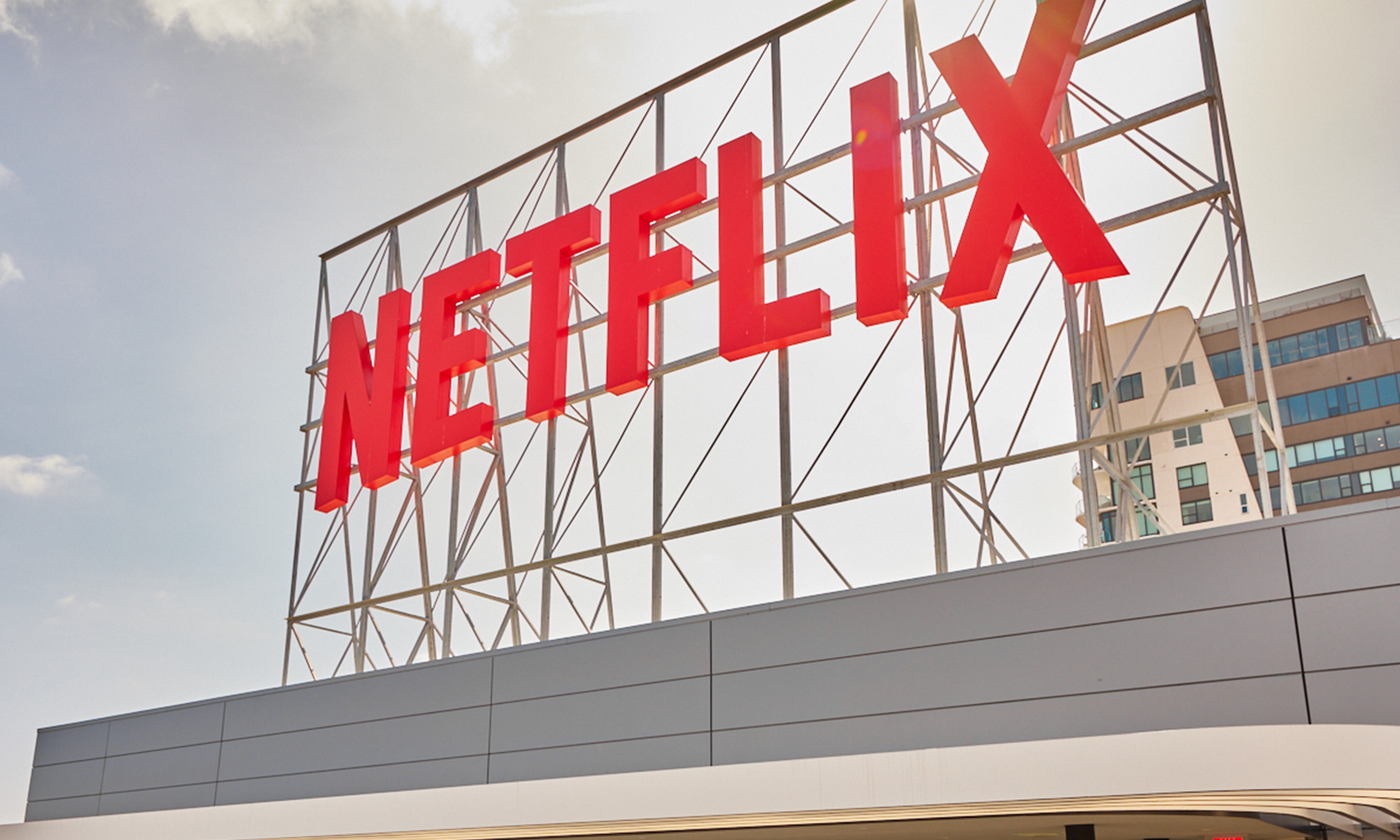Netflix (NFLX +0.12%) stock has crushed the market this year. The streaming service specialist's shares have climbed more than 38% year to date as of this writing. This obliterates the S&P 500's return of over 7% during this same period. Such an upbeat market response isn't surprising. The company's recent growth is bolstered by a diversified set of powerful catalysts and significant operating margin expansion. Some key business drivers include member growth, a nascent advertising business, price increases, a ramp-up of live events, and a continued rollout of mobile games. With catalysts like this, the company looks unstoppable
But what about the stock? With fresh second-quarter numbers to examine, it's a great time to take a look at shares and evaluate them. Have investors already priced in all of these exciting growth initiatives? Or could the stock continue outperforming the market -- even from these elevated levels?

Image source: Getty Images.
Growth is accelerating
Netflix's growth initiatives are paying off, the company revealed in its second-quarter update last week. Revenue for the period rose 15.9% year over year. This was meaningfully faster than the 12.5% growth it posted in Q1. And, looking ahead, the company expects even more strong growth. Management guided for third-quarter revenue to rise 17.3% year over year.
Looking beyond revenue growth, the company's earnings momentum is even more impressive. Second-quarter earnings per share came in at $7.19, up 47% year over year. This outsized growth is due to massive operating margin expansion. Second-quarter operating margin was 34.1%, up from 27.2% in the year-ago quarter.
While Netflix's upbeat revenue outlook is helped by a weaker U.S. dollar, it's largely due to strength in the company's diversified set of growth drivers.
We're "seeing strength in our underlying business," explained Netflix chief financial officer Spencer Adam Neumann in the company's second-quarter conference call. "We've got healthy member growth, and that even picked up nicely at the end of Q2." He also noted that the company is benefiting from "nice momentum in ad sales."
There's more where that came from
With such an impressive start to the year, management increased its outlook for full-year revenue. The company now expects total 2025 revenue to be between $44.8 billion and $45.2 billion. This compares to a previous estimate of $43.5 billion to $44.5 billion.
Additionally, Netflix believes its operating leverage should persist. For the full year, management is guiding for an operating margin of 29.5%, up from 26.7% in the year-ago period. Notably, before the company's second-quarter results, the company was guiding for a full-year operating margin of 29%.
While Netflix is benefiting from a number of catalysts, one worth calling out is its advertising sales. While Neumann emphasized that this is still a small business, he told investors in the company's earnings call that "it's on pace to roughly double" during the year. In addition, he said its ad sales are tracking slightly ahead of the expectations management had for them at the beginning of the year.

NASDAQ: NFLX
Key Data Points
Netflix stock: Buy, sell, or hold?
With Netflix's business growth appearing to be unstoppable for the time being, shares should trade at a high premium. Indeed, they do. The stock's price-to-earnings ratio is about 53 as of this writing.
The question, however, is whether this premium is too high? Unfortunately, investors who don't already own the stock may be better off sitting on the sidelines, waiting for a potential opportunity to buy the stock at a lower valuation. Of course, investors shouldn't expect Netflix to retreat to levels that appear cheap. However, a price-to-earnings ratio of 40 or lower would more accurately reflect some of the key risks.
One risk worth calling out is Netflix's well-capitalized competition. With several of the world's biggest tech companies ramping up their own streaming services, the battle for content is likely to only get more intense over time.
With shares trading at a valuation of more than 50 times earnings, it's fair to call the stock a hold.





